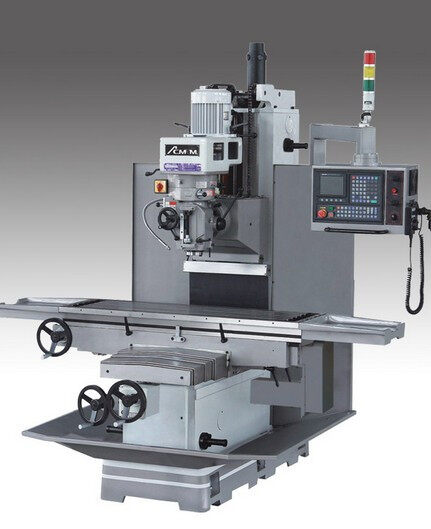Gwall fformat e-bost
emailCannotEmpty
emailDoesExist
pwdLetterLimtTip
inconsistentPwd
pwdLetterLimtTip
inconsistentPwd

Newyddion
Problems Needing Attention in CNC Machining of Precision Machine Parts
- To ensure CNC machining accuracy, CNC rough machining and CNC finish machining should be carried out separately:
During CNC rough machining, the cutting amount is large, the cutting force and clamping force on the workpiece are large, the calorific value is large, and there is obvious work hardening on the machined surface, so there is large internal stress in the workpiece. If rough machining is continued, the accuracy of finished parts will be lost soon due to the redistribution of stress. For some parts with high machining accuracy. After rough machining and before finishing machining, low-temperature annealing or aging treatment shall be arranged to eliminate internal stress.

- Reasonable selection of equipment:
CNC rough machining is mainly to cut off most of the machining allowance, and the requirement for CNC machining accuracy is not high. Therefore, rough machining should be carried out on high-power and low-precision machine tools, while the finishing process requires high-precision machine tools. Rough machining and finish machining are carried out on different machine tools, which can not only give full play to the capacity of the equipment but also extend the service life of precision machine tools.
- In the CNC machining process route of precision mechanical parts, the heat treatment process is often arranged:
The location of the heat treatment process is arranged as follows: To improve the machinability of metal, such as annealing, normalizing, quenching, and tempering. It is usually arranged before processing. To eliminate internal stress, such as aging treatment and quenching and tempering treatment, it is generally arranged after rough machining and before finishing machining. To improve the mechanical properties of parts, such as carburization, quenching, and tempering, it is generally arranged after processing. If the deformation is large after heat treatment, the final processing procedure must be arranged.
Processing performance of precision machine parts
Casting performance: refers to some technological properties of whether the metal or alloy can be cast properly, mainly including flow performance and full moldability; Shrinkage, the ability of volume shrinkage during solidification of castings; Segregation refers to the inhomogeneity of chemical composition.
Welding performance: refers to the welding of two or more metal materials by heating or heating and pressure welding, and the interface can meet the purpose of use.
Top gas section performance: refers to the performance that metal materials can be upset without cracking.
Cold bending performance: refers to the ability of metal materials to withstand bending without cracking at room temperature. Bending horizontal general bending angle α The ratio of (outer corner) or bending center diameter D to data thickness a indicates that the larger a or the smaller d/a, the better the cold bending property of the material.
Stamping performance: the performance that metal materials accept stamping deformation processing without cracking. Stamping at room temperature is called cold stamping. The inspection method is tested by cupping test.
Forging performance: metal materials can accept plastic deformation without cracking during forging processing
Safety precautions in CNC machining of precision mechanical parts:
- Simple operation, reduce walking back and forth, and avoid unnecessary bending and toe movements.
- The positioning is accurate and reliable to prevent misoperation caused by a slight vibration.
- The movement direction of operating parts and operating parts of machine tools and equipment shall comply with the regulations and be marked with simple symbols.
- The structure and arrangement position of the handle, hand wheel, and button shall comply with the regulations. The start button shall be installed in the housing or equipped with a retaining ring to prevent accidental touch. The handwheel and handle installed on the shaft will hurt people with the rotation of the shaft during the automatic feeding process, so the automatic release device should be installed.

